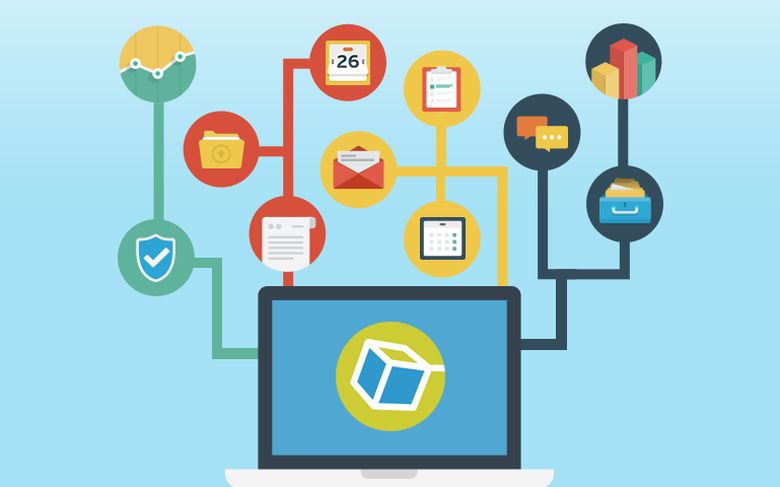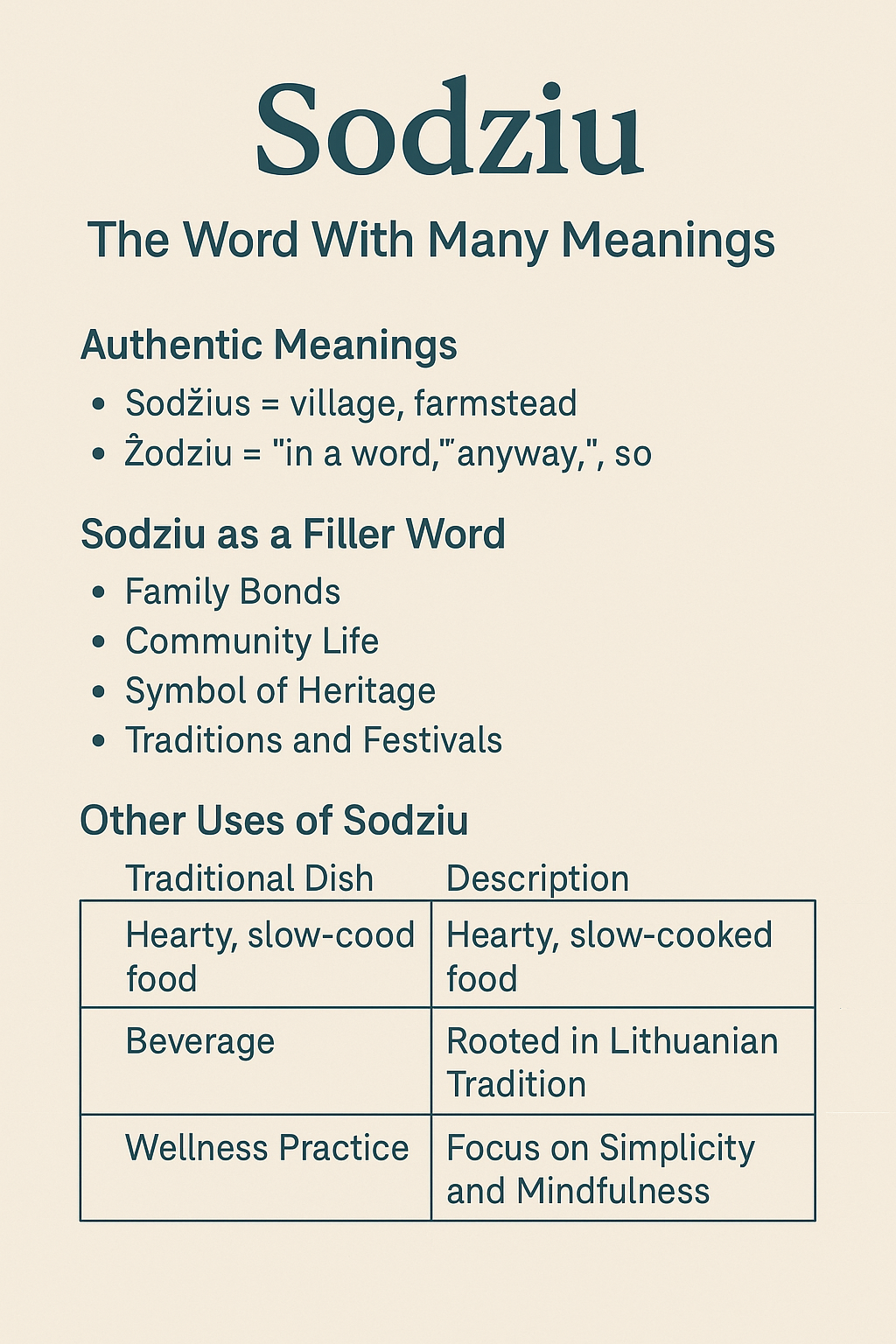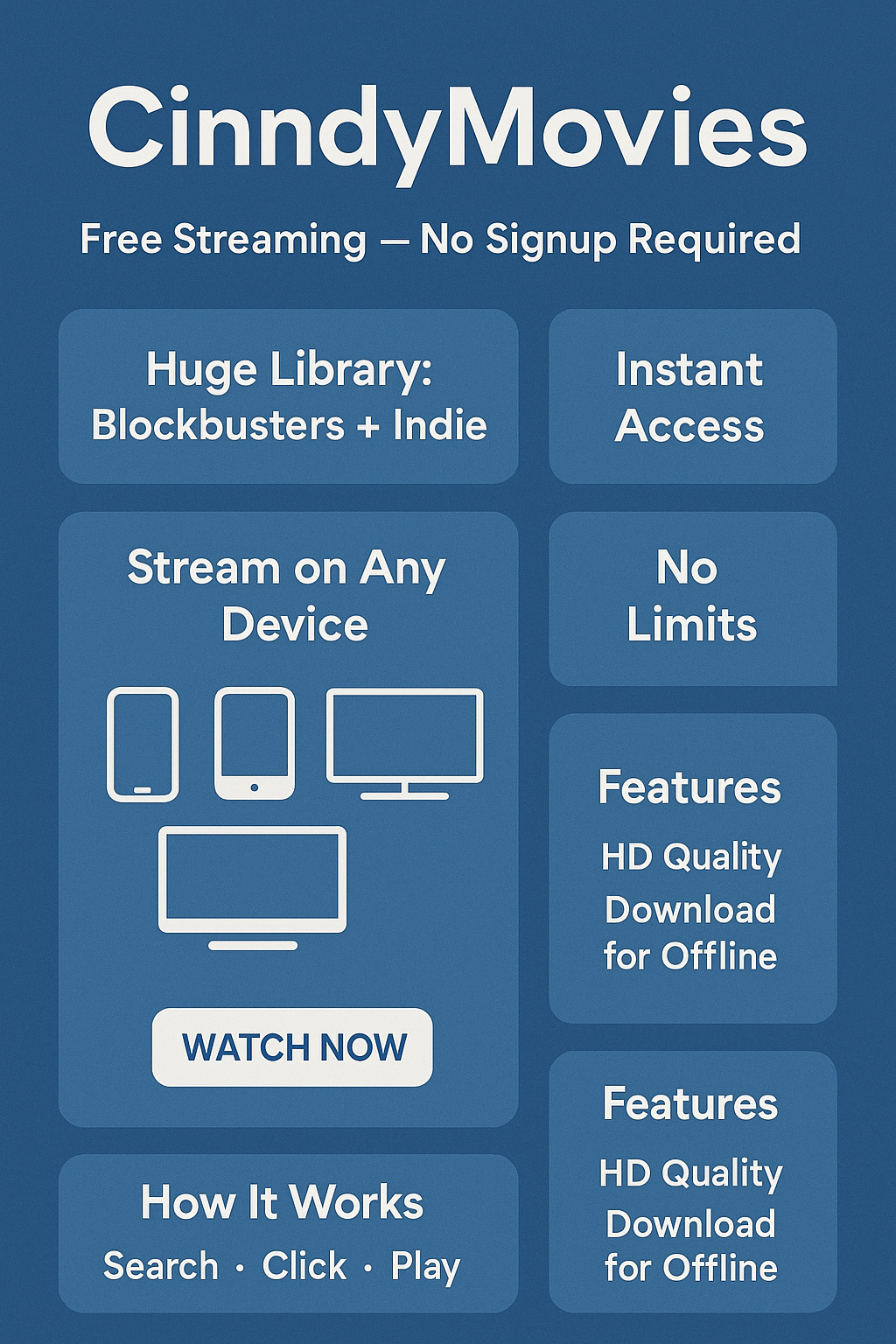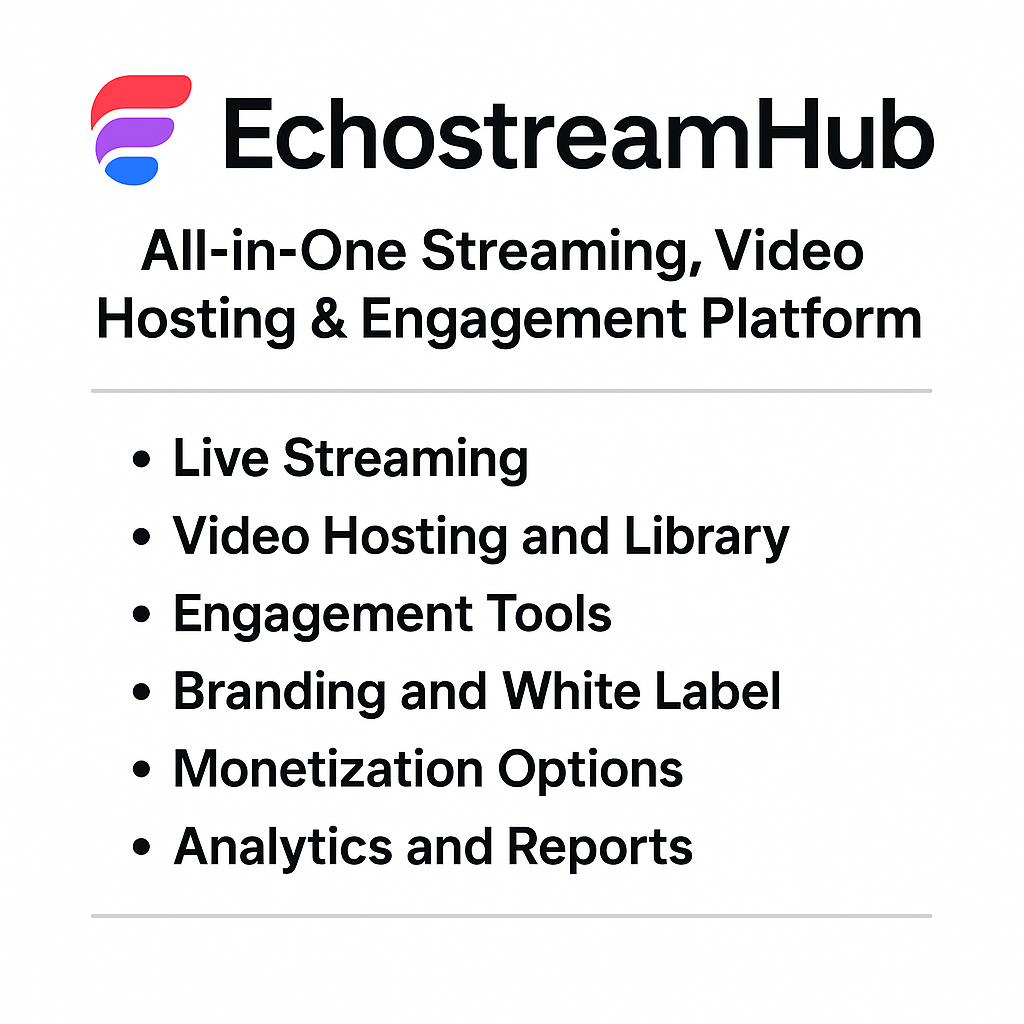Tech
Features Of A Modern Intranet
Published
7 years agoon
By
Farhan Malik
An intranet is an internal or private computer network that can be accessed by just individuals inside a company or organization to share data inside the organization. The word ‘intra’ signifies inside or internal. Intranets regularly center on a couple of key viewpoints, focusing on who is running the site. The intranet can be identified as a communication channel and to perform at its best, intranets need to address three principal purposes:
- Content
- Communication
- Activity
Content
The intranet’s job as a storehouse for corporate data is known by all. The ease of use and data design have done a lot to improve the capacity of staff to locate the required data on corporate or modern intranets. Significant effort is placed into keeping up the intranet as a data storehouse, including executing a data management framework, building up content procedures and characterizing intranet administration arrangements.
Communication
The intranet can also act as a communication channel. This is exemplified by the news area on the intranet landing page, which is utilized to convey key corporate news items and updates. The intranet is not just a successful push medium. Employees do not go to the intranet just to check whether news items have been added to the landing page. The intranet is best as a communication medium when the site itself is valuable for staff. When managed as a corporate news channel, intranets don’t work. Without an explanation for the staff to go to the site, intranets fail to get the essential traffic to guarantee that all employees see the refreshed news items.
Activity
More than a dumping ground for records, the intranet can be a spot for ‘getting things done’. This attention on tasks – on helping staff total errands – can incorporate numerous things:
- major online applications, for example, HR self-administration
- smaller devices, for example, travel appointments
- online forms
- communitarian tools, and many more
Features of a Modern Intranet
Organizations need intranets to develop faster with a full arrangement of abilities, which means reduced risks of being redundant and not agreeing to current business procedure and targets. Along these lines, most of them pick cloud-based arrangements as they can be effectively and quickly sent in comparison with on-premises resolutions.
Expedient User Interface and Experience
An intranet carries an incentive to an organization in the event that it has enough usefulness, practicality, and ease of use to call in employees. Be that as it may, the look and feel also unequivocally impact client reception and commitment. Engaging quality is an absolute necessity for intranets, and intranets succeed when they offer straightforward, adaptable and functional structure. Most intranets offer both practical and engaging interfaces. It bunches applications with contents coherently for individual employees or groups depending on the business objectives. Present-day intranets make the employees’ working experience purpose-oriented.
Mobile-Friendly
The capacity to rapidly get to data and associate with individuals is important for powerful employee collaboration. Accessibility is a main feature here. Intranets should be accessible every minute of every day, irrespective of the gadget or area, as a mobile-friendly intranet can sometimes act like a help-desk. Mobile-friendly intranets also recognize the way that employees are progressively working remotely or while going on business, which means sharing and teaming up on crucial business data like contracts from anyplace is an absolute necessity.
Content Personalization
Content personalization inside intranets builds workers’ profitability by providing the data pertinent to them. By offering customized content that is based on workers’ interests and jobs, an intranet can encourage significant and powerful cooperation with the content. For instance, new bookkeeping approaches can be visible only to the employees of accounts departments. Intranets can also make route simpler and progressively instinctive by giving a customized menu based on the location of the client, department, and language.
AI-Based Functionality
Over the last few years, organizations have brought AI components into their intranets to expand work effectiveness, diminish costs because of automation of procedures, and convey better representative experience.
Virtual Assistance
Artificial intelligence chatbots can act as a personal assistant and help clients explore, use and search their intranet. Chatbots give instant access to data as well as tell clients about updates, policy changes or events. Additionally, chatbots can enable clients to book meeting rooms, plan excursions, and many more.
Artificial Intelligence Assistance
AI intelligence can help decrease the time taken by employees to discover archives in their intranet. Artificial intelligence can provide smart suggestions based on the contents that employees looked or accessed before. Smart search option additionally permits demonstrating results as you type and organize them, which makes search progressively effective.
Coordinated Working System
To cross over any barrier between various business capacities, intranets should be adaptable to flawlessly coordinate with various programming — CRM, ERP, HR, archive the board framework and that’s only the tip of the iceberg. Integrations are also crucial for client appropriation, as the more powerful they may be, the more likely employees will have to find everything that they need.
Social Networking
Since coordinated effort and correspondence are a need, intranets cannot avoid solid social features. Representatives can stay in contact with collaborators constantly and effectively by means of email, phone calls or video communications, and through social networks, etc..
To remain feasible, intranets need to keep client commitment and execution high and content important. To achieve the best from both of these, intranet supervisors must give close consideration to client input and analytics. Intranets utilize strong expository devices to help assess key measurements and pinpoint spots to upgrade the intranet execution and make solution easier to understand and customize.
For instance, metrics can incorporate data on the most mainstream sites, unused sites, page-view per visitor, visit duration, visitor’s activity and many more. Adapting to changes is a definitive objective of any intranet. Keeping the content fresh, significant, dynamic and consumable is what makes intranet perform successfully. Utilizing the features mentioned above, organizations can help boost adoption and purpose for the intranet in an organization. Utilizing the power of AI will undoubtedly solve even the hardest of the intranet appropriation issues.
You may like

Sodziu: The Word With Many Meanings

CinndyMovies: A Simple Guide to Features, Safety, and Why People Talk About It

EchostreamHub: A Simple Guide to the All-in-One Streaming and Media Platform

What You Need to Know About Police Brutality?

12 Sites to Watch Free Online TV Shows with Complete Episodes in 2024


